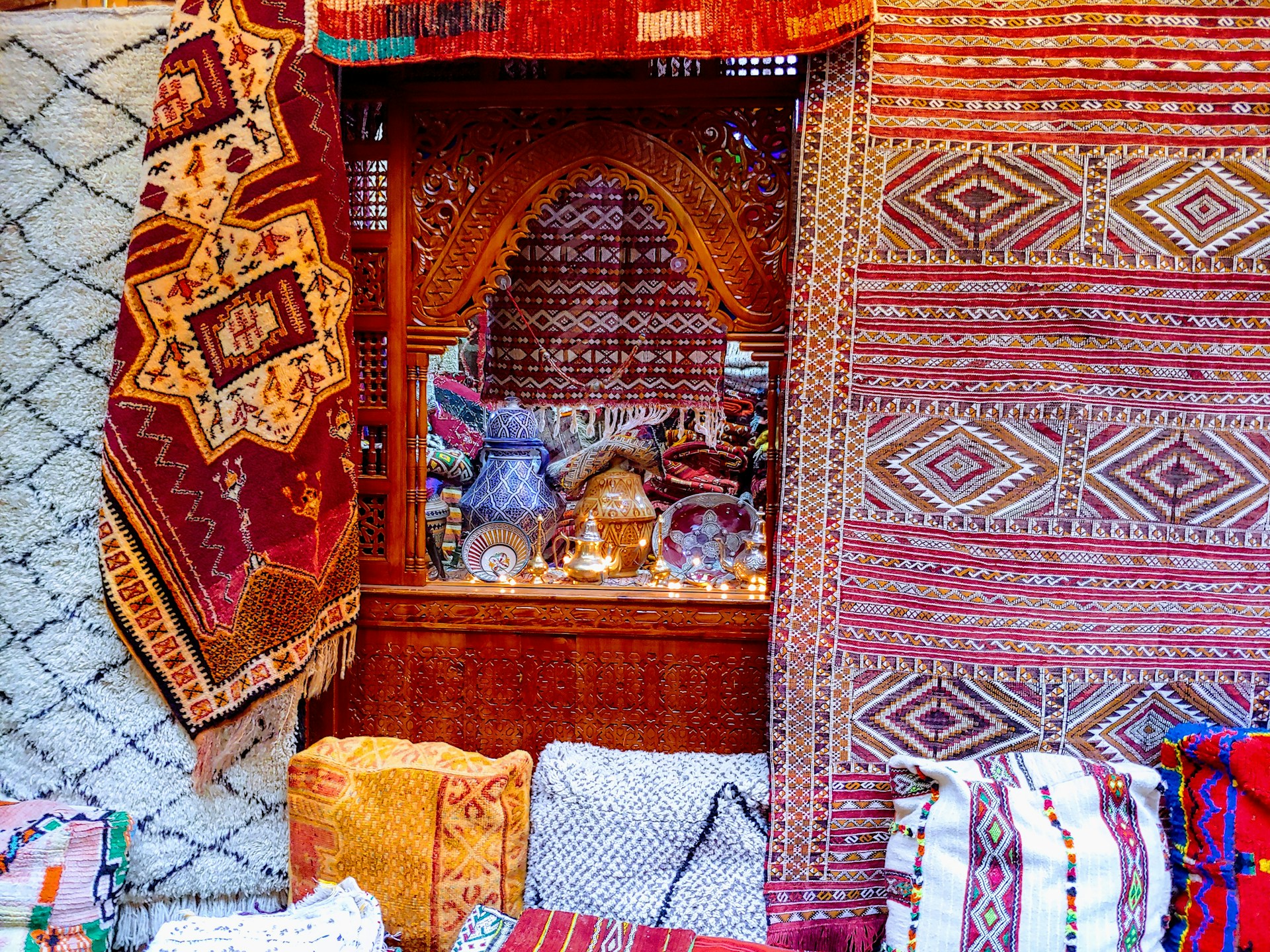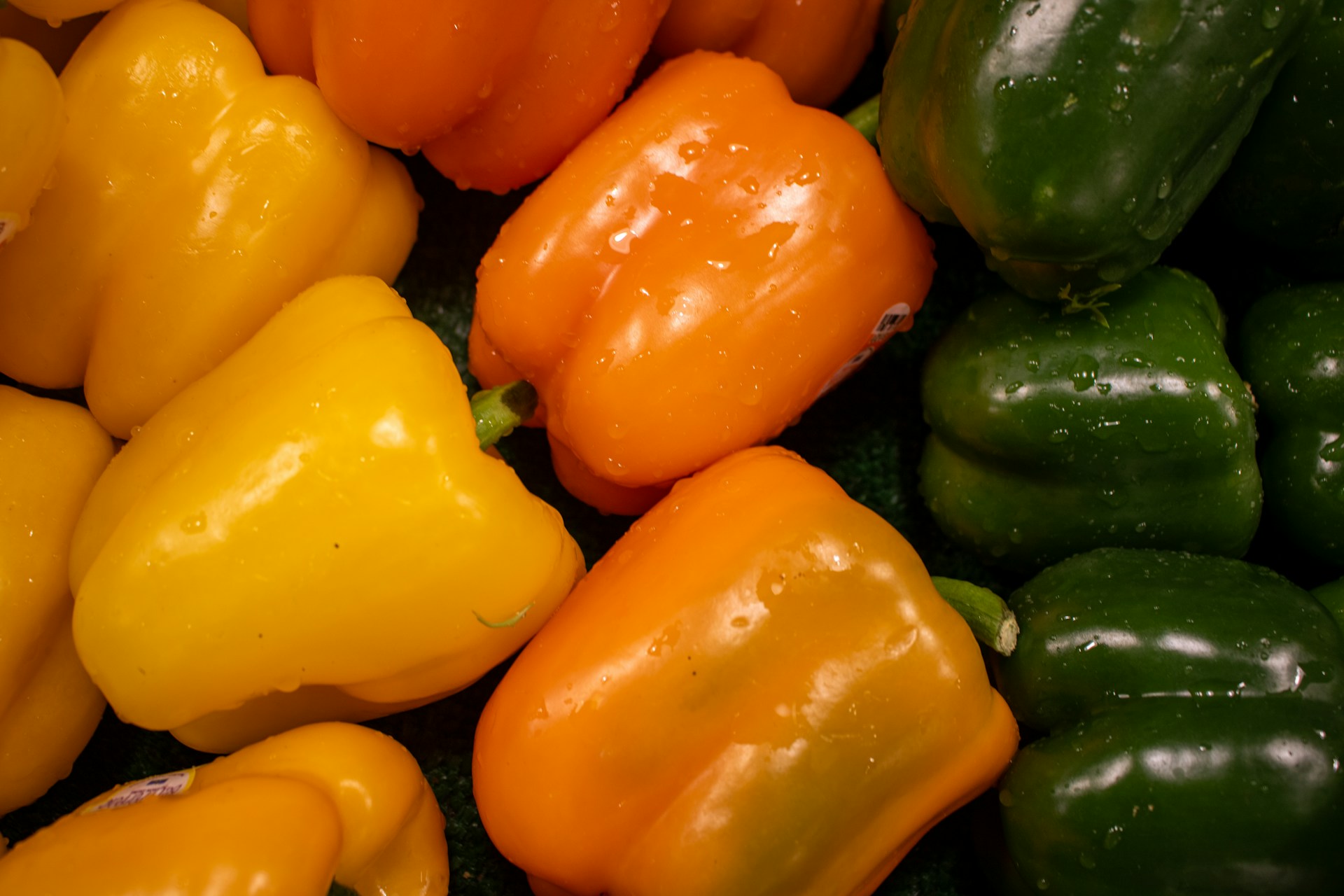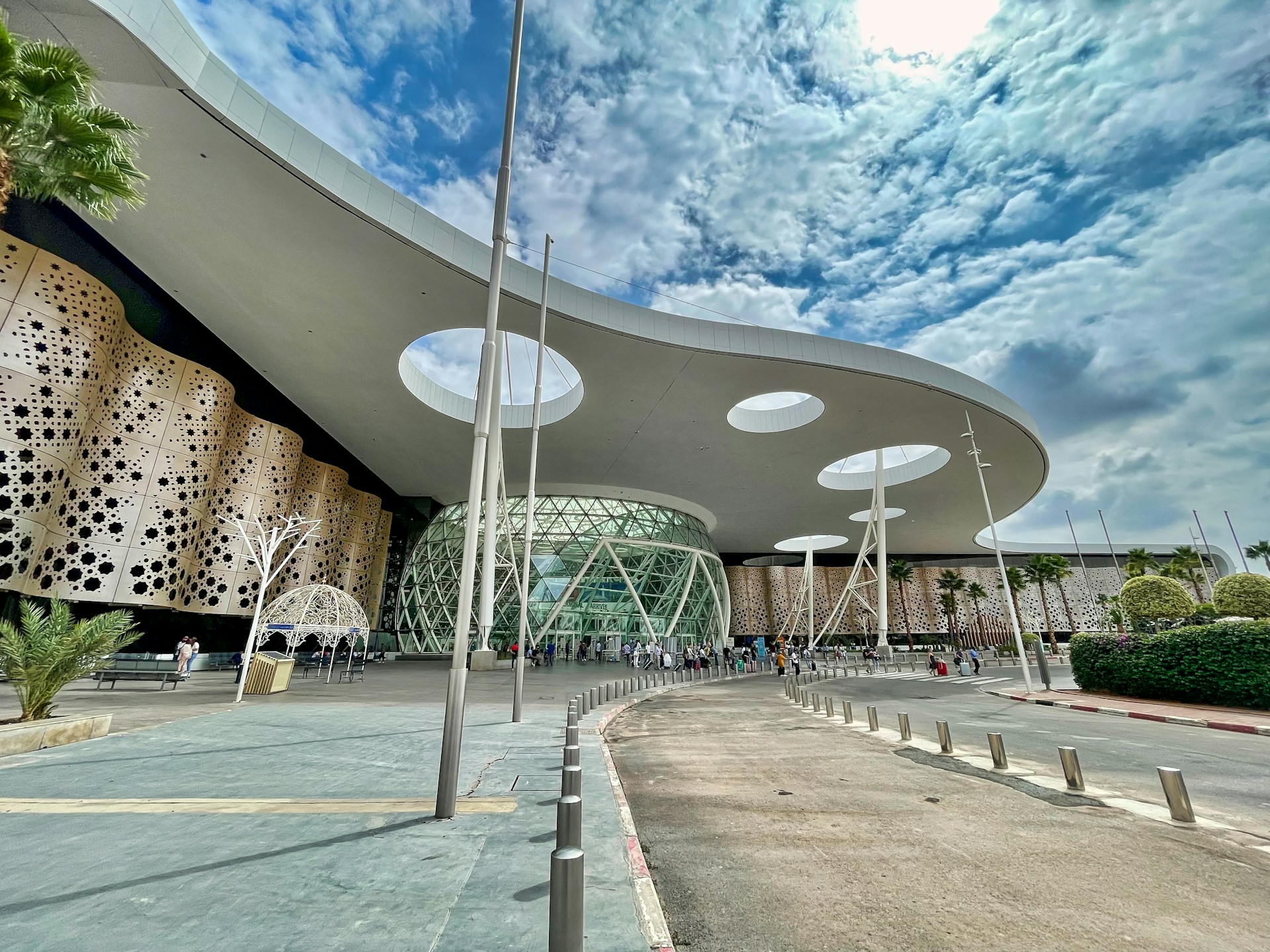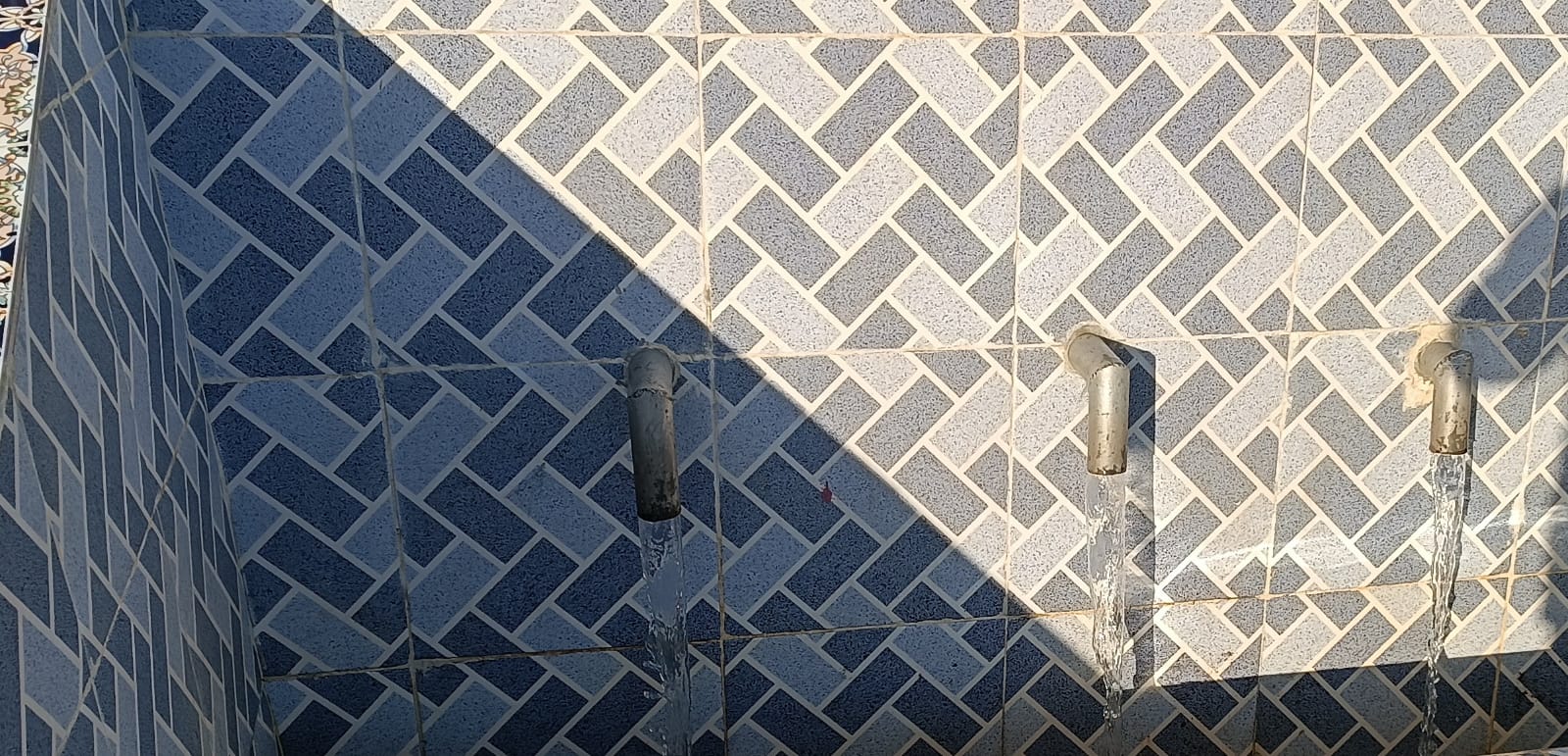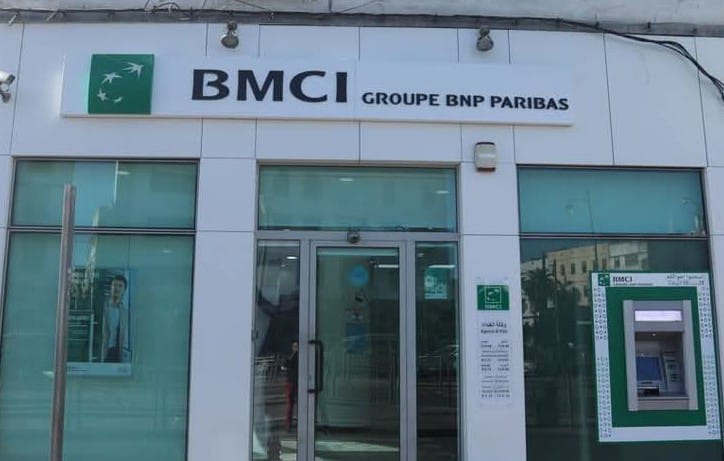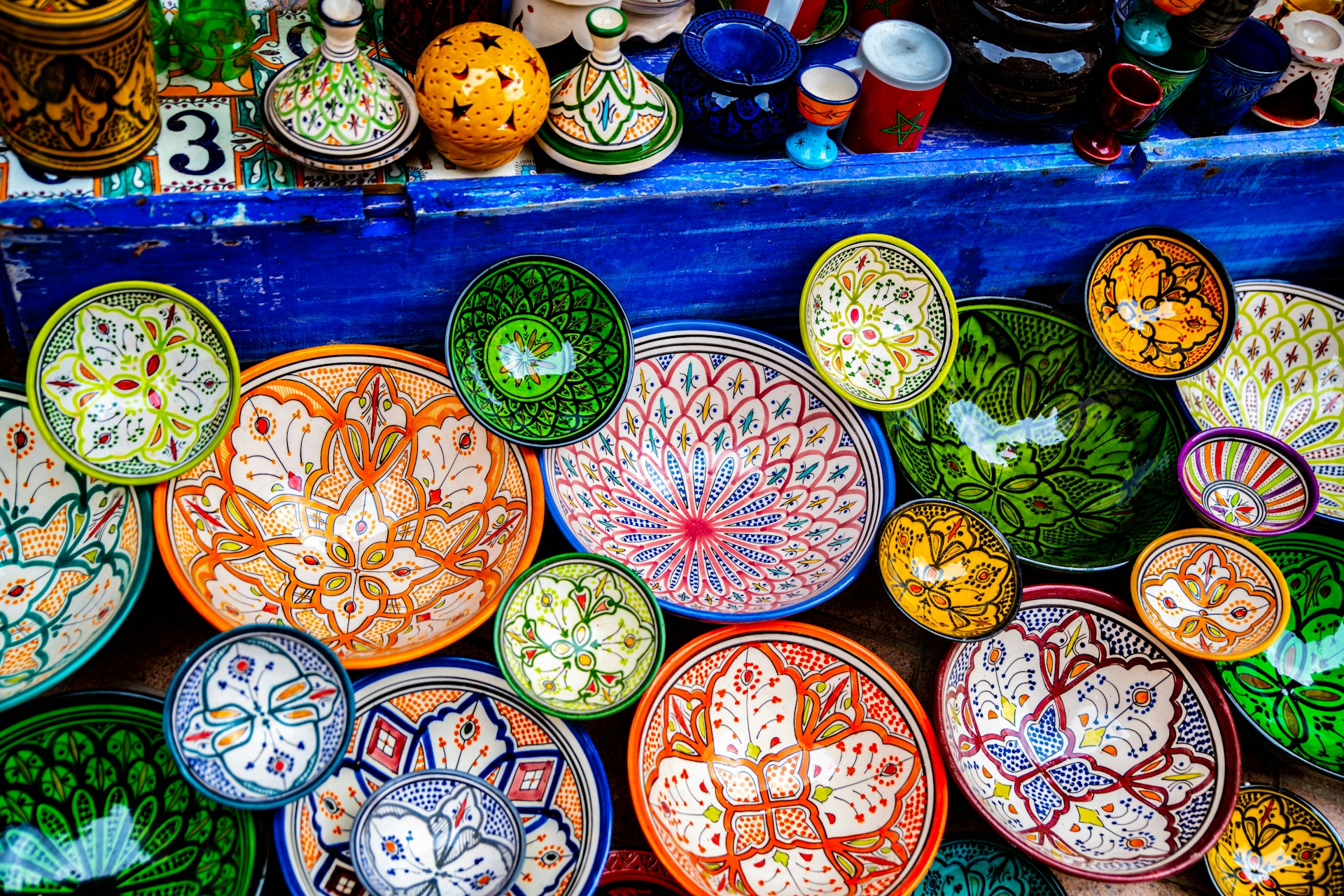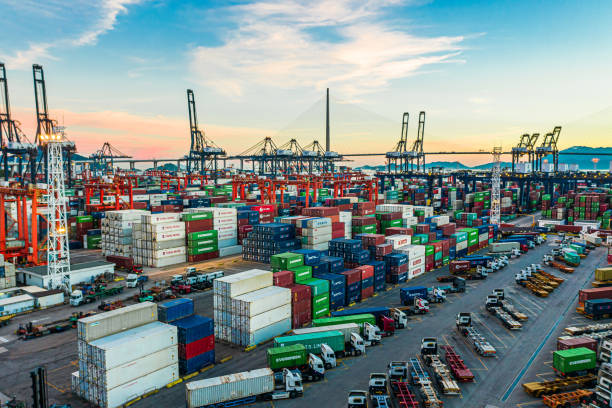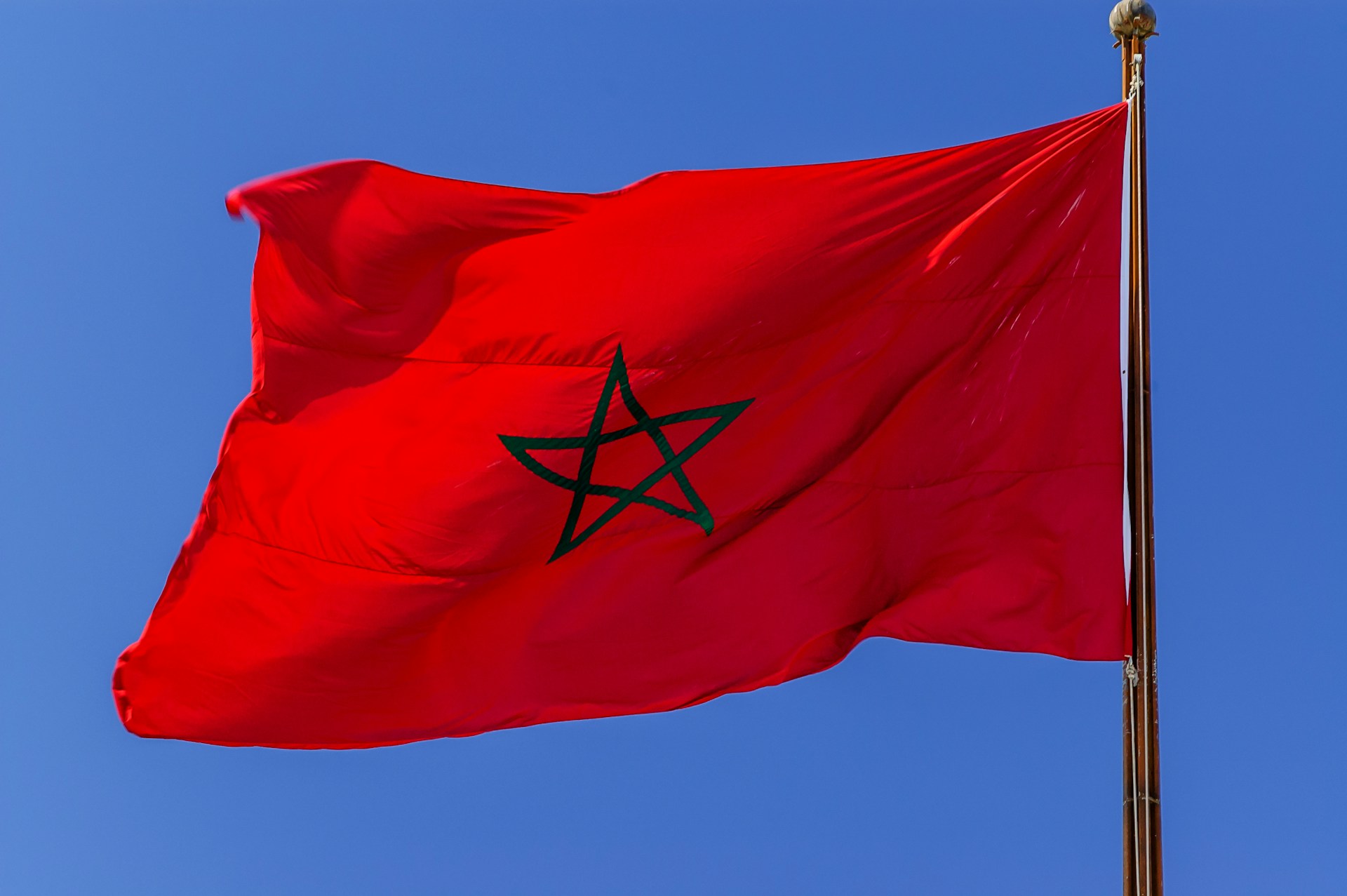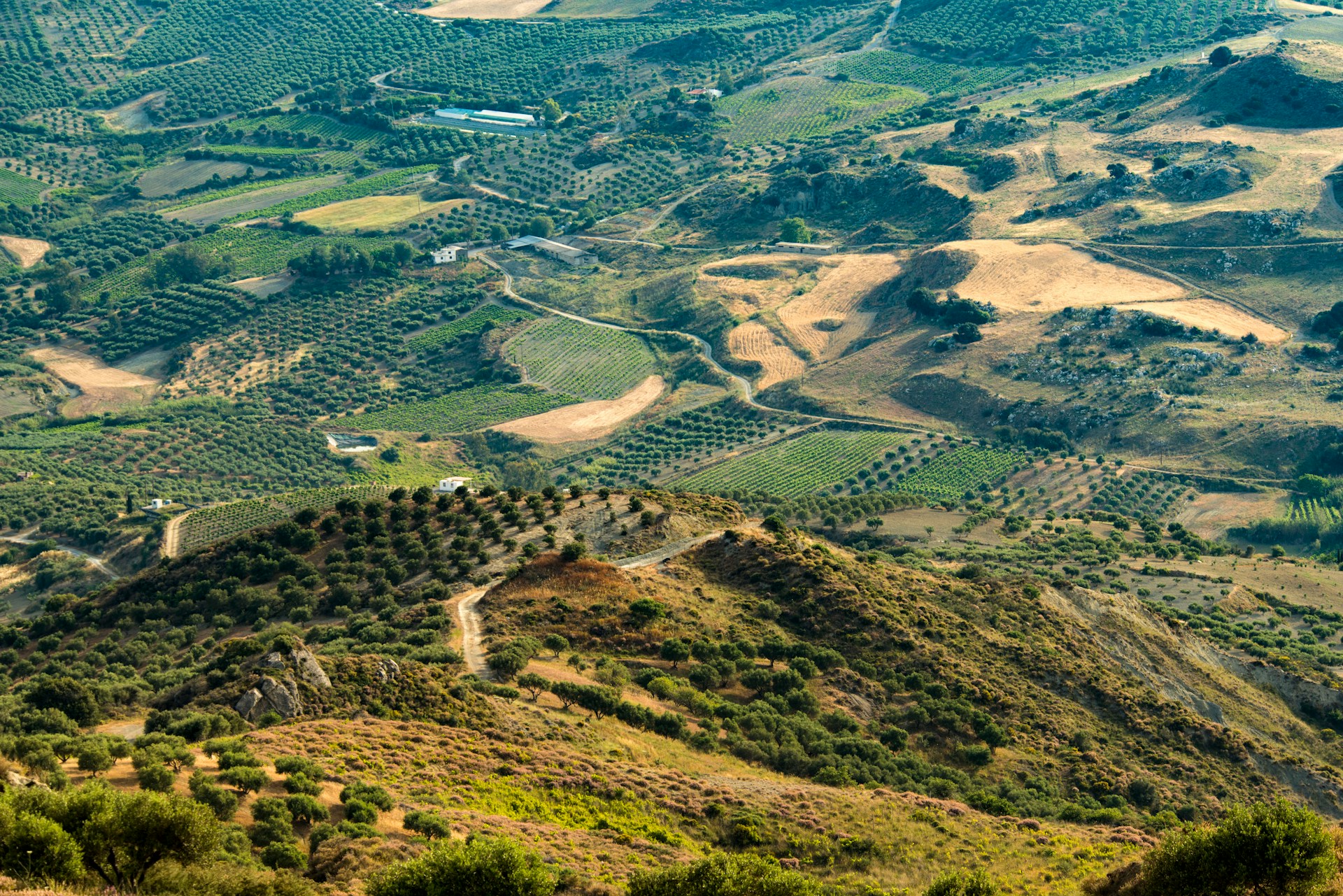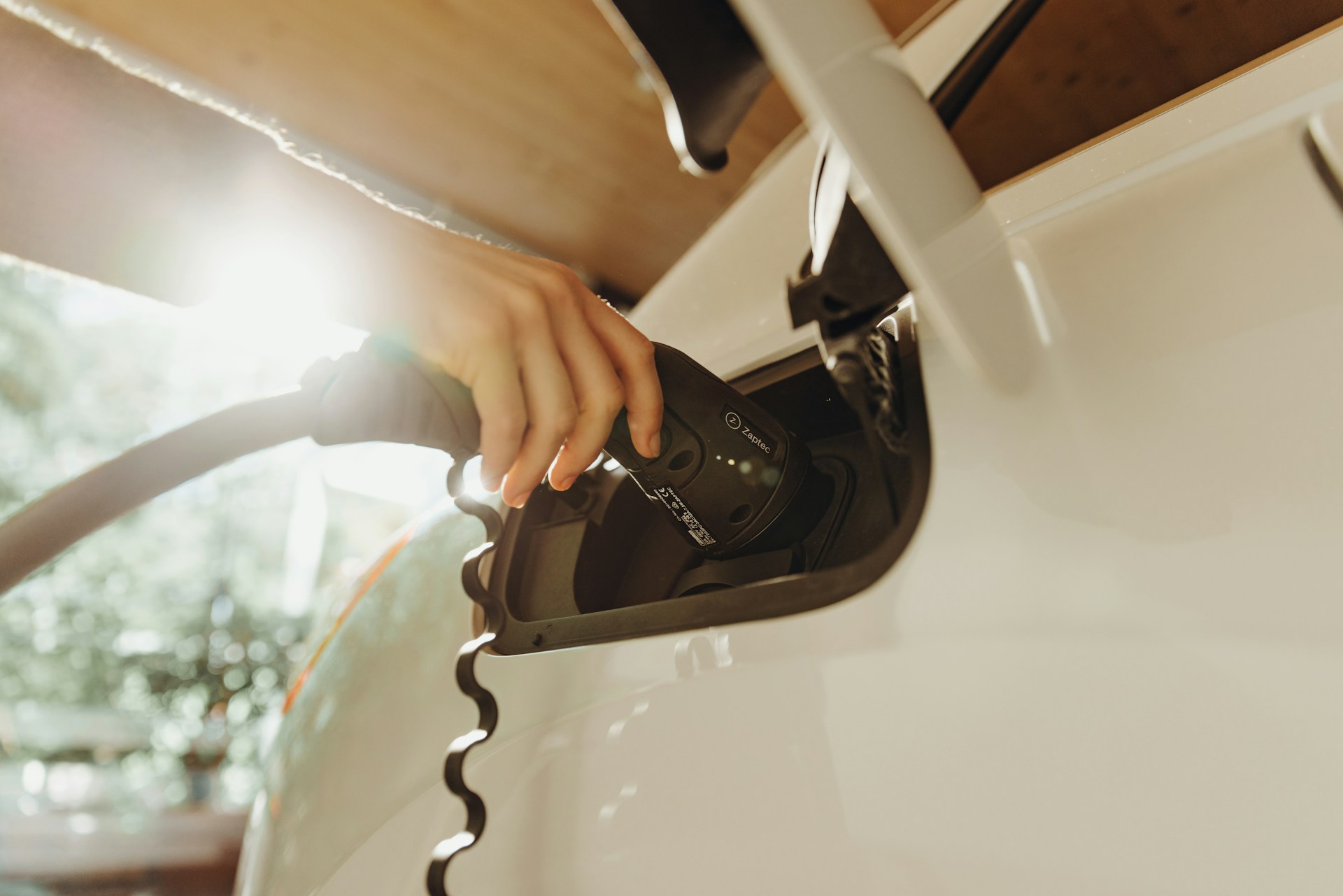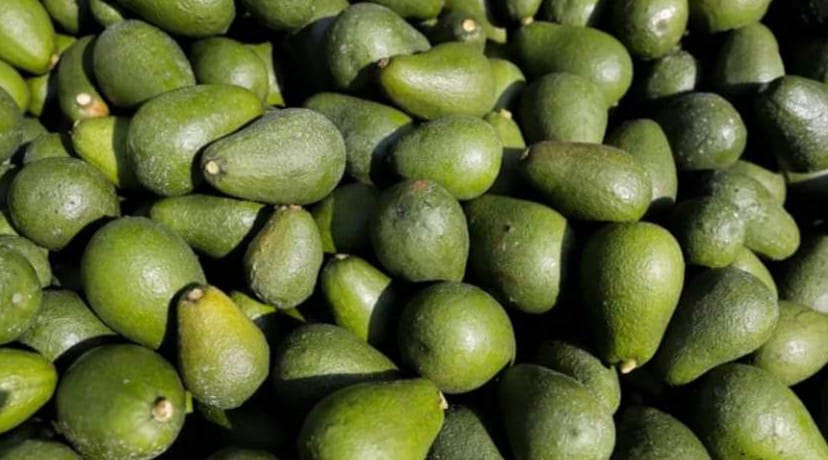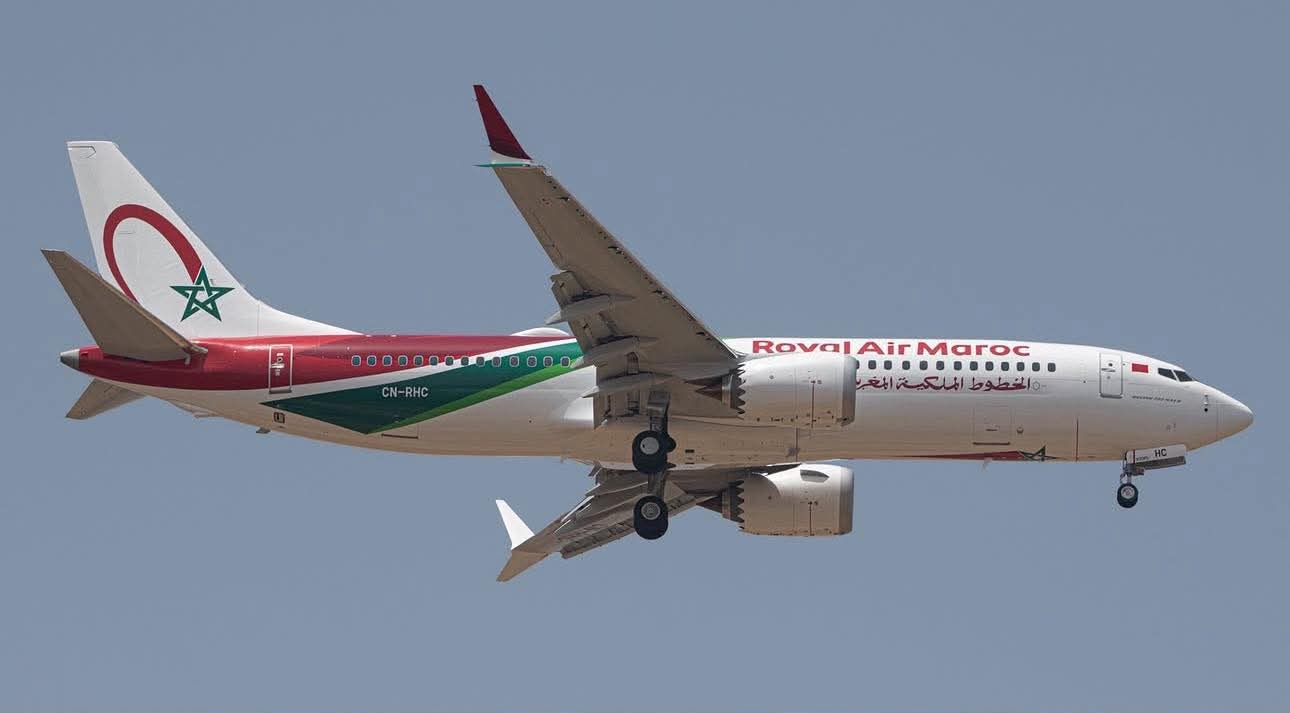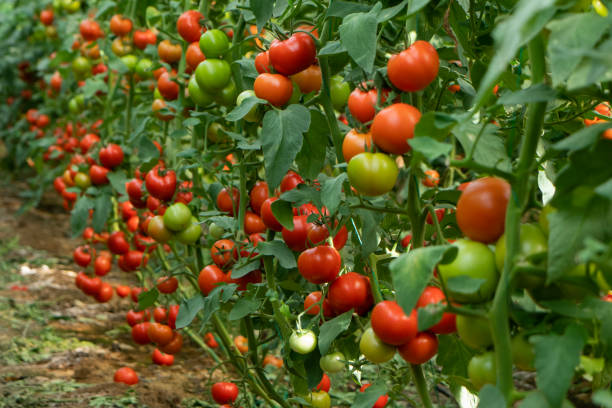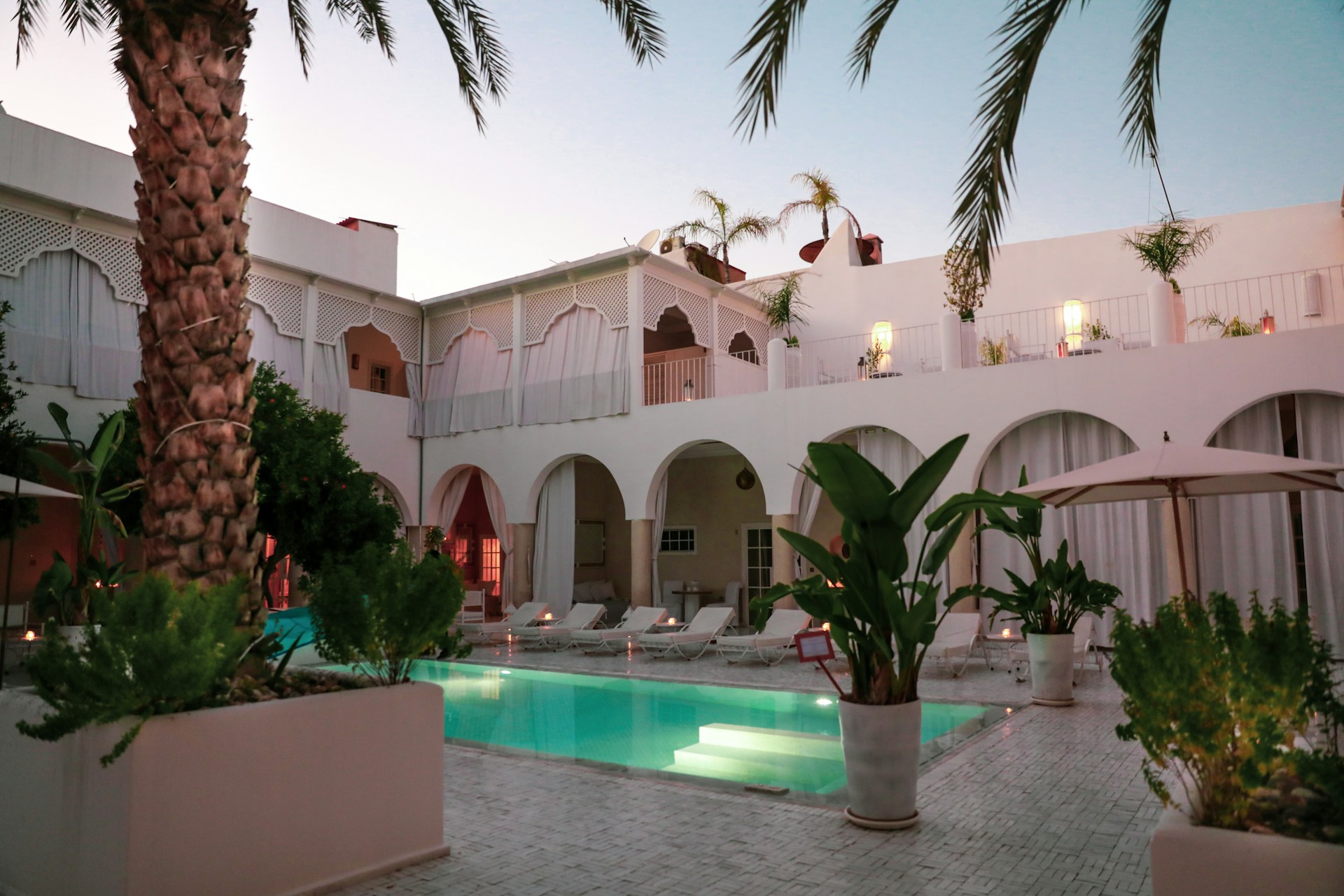Casablanca – Morocco’s handicraft sector is showing strong export momentum, underscoring the growing global appeal of the country’s artisanal creations that combine cultural authenticity with contemporary design. By the end of September 2025, exports of Moroccan handicrafts reached $93.2 million, marking an 11% increase compared to the same period in 2024, according to the Handicraft Observatory.
This steady expansion highlights the resilience of a sector that continues to adapt to evolving market conditions and international competition. As a key component of Morocco’s cultural and economic identity, handicrafts play an essential role in supporting employment, particularly in rural areas, while promoting Moroccan heritage worldwide.
Pottery, carpets, and traditional clothing lead the way
According to the Observatory’s latest data, pottery and stone crafts remain the cornerstone of Moroccan handicraft exports, accounting for over one-third of total export value, or about $32.3 million, up 6% year-on-year. These artisanal goods—valued for their detailed workmanship and distinctive Moroccan style—are especially popular in North American, European, and Middle Eastern markets.
Carpets ranked second among exported items, generating $16.5 million, a modest increase of 1% compared with the previous year. Handwoven Moroccan rugs, known for their geometric patterns, natural dyes, and durability, continue to attract buyers looking for authentic, ethically made home décor products.
A major highlight of 2025 has been the surge in traditional clothing exports, which rose by 115% to $15.9 million. This category includes items such as kaftans, djellabas, and embroidered garments, which are gaining popularity internationally thanks to their craftsmanship and unique aesthetic appeal. The growing visibility of Moroccan fashion in international fairs, digital marketplaces, and cultural events has helped elevate these products from niche artisanal goods to luxury fashion exports.
Mixed results across other product categories
While the overall performance remains positive, certain product lines have seen weaker results. Basketry and leather goods both declined by 23%, while blankets fell by 15% compared with 2024. Industry observers attribute these decreases to fluctuating demand and increased competition from industrial producers in Asia and Eastern Europe.
Nevertheless, Moroccan artisans and cooperatives are responding with innovation—introducing new designs, improving quality standards, and leveraging e-commerce to reach international customers directly. Government-led training programs are also helping artisans modernize production methods while maintaining traditional authenticity.
United States remains top market, Turkey records a sharp rise
From a geographical standpoint, the United States continues to be Morocco’s largest export market, recording a 25% increase in handicraft imports compared to last year. American consumers, drawn to handmade and sustainable products, have shown a particular appreciation for Moroccan pottery, textiles, and interior design pieces.
France and Spain remain among Morocco’s top European partners, though both saw remarkable declines—24% and 2%, respectively. Despite these decreases, both markets maintain strong ties to Moroccan handicrafts through long-standing cultural and trade relationships.
A key emerging destination in 2025 has been Turkey, which recorded a spectacular 626% increase, now representing 7% of Morocco’s total handicraft exports. This exceptional rise reflects deepening commercial links between the two countries, especially in sectors combining heritage and contemporary design.
Marrakech leads Morocco’s export network
Regionally, Marrakech continues to dominate Morocco’s handicraft export landscape, accounting for 41% of total shipments abroad. The city’s rich artistic heritage and well-organized artisan cooperatives make it the centerpiece of Morocco’s export network.
Casablanca follows with 31%, benefiting from its role as the country’s main economic hub and export gateway. Fès and Tangier contributed 18% and 8%, respectively, confirming the growing role of major urban centers in sustaining Morocco’s artisanal trade.
Institutional reform to strengthen the sector
The government has also embarked on a significant institutional reform to better organize and support the handicraft sector. The State Secretariat in charge of Handicrafts has initiated the creation of 288 professional guilds across Morocco’s 12 regions. These guilds aim to formalize the organization of crafts, improve professional representation, and strengthen artisans’ ability to access training, financing, and export markets.
This initiative is part of a broader national strategy to modernize the handicraft industry while preserving Morocco’s intangible cultural heritage. It also seeks to enhance artisans’ social and economic standing and promote the “Made in Morocco” label on international markets.
Blending tradition and innovation
Experts note that the future of Moroccan handicraft exports depends on successfully blending tradition with innovation. The increasing use of digital tools, design partnerships, and sustainable production methods offers new opportunities to reach a broader audience. At the same time, maintaining cultural authenticity remains key to the sector’s appeal and competitiveness.
With exports surpassing $93 million in just nine months, Morocco’s artisans are solidifying their place in the global marketplace. Their products—whether handcrafted ceramics, woven textiles, or traditional garments—represent not only a thriving economic activity but also a living testament to Morocco’s heritage, creativity, and enduring craftsmanship.
